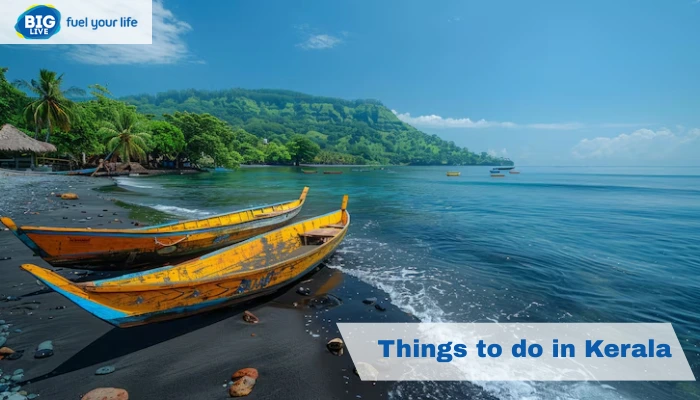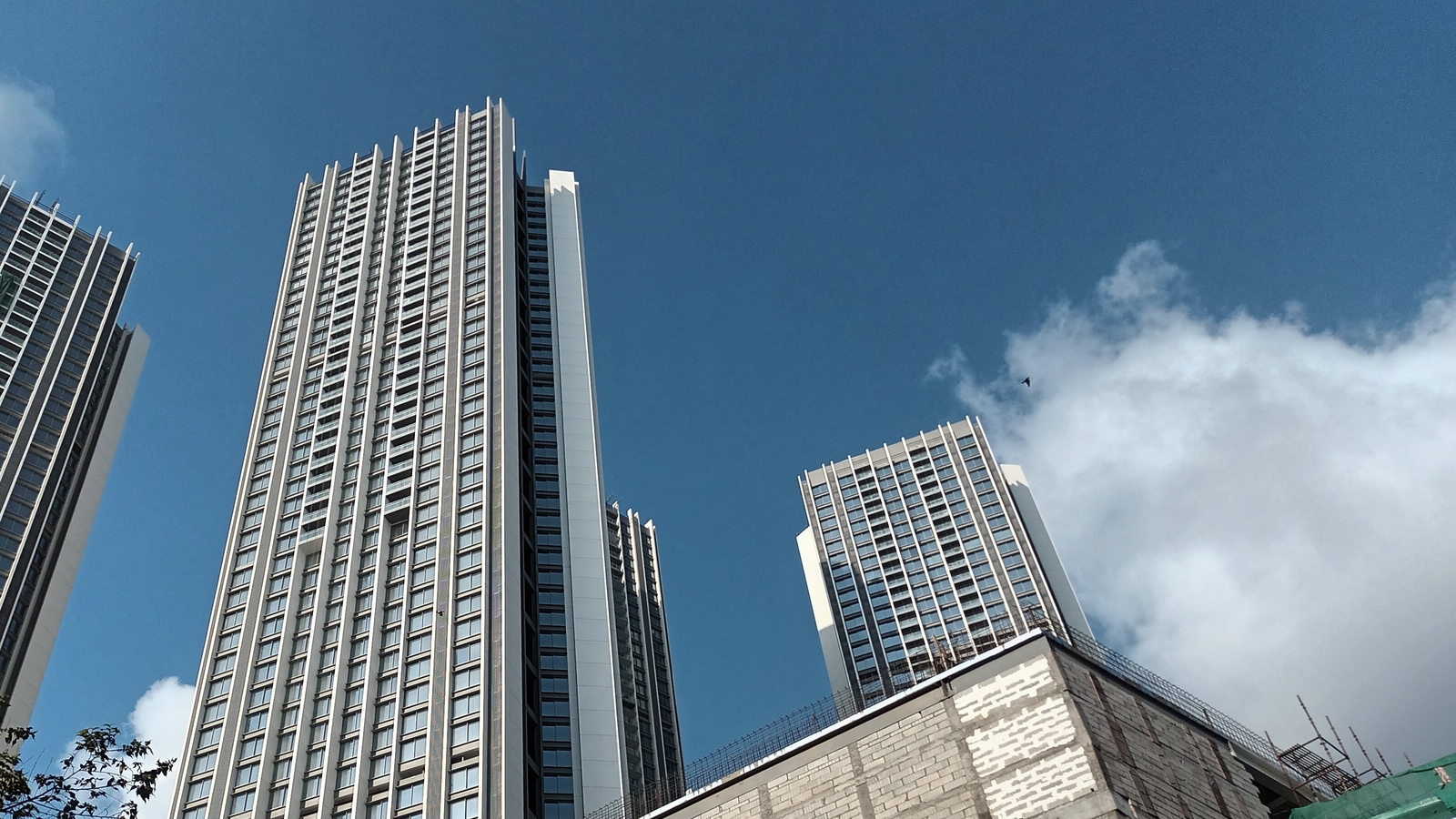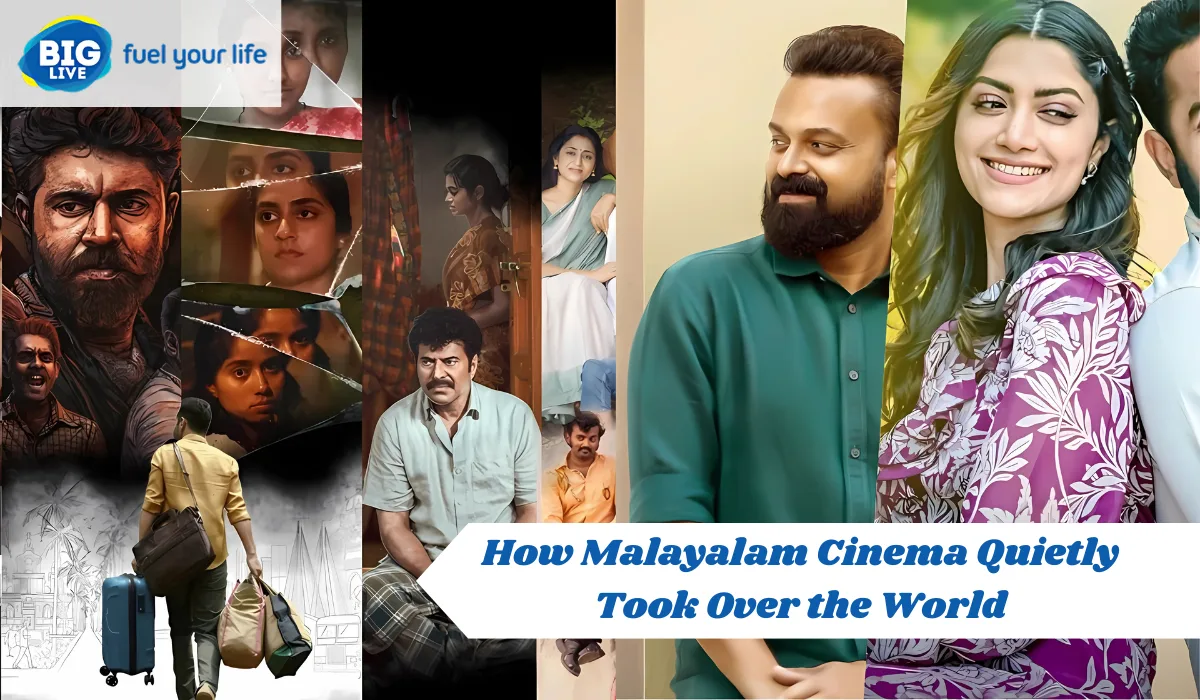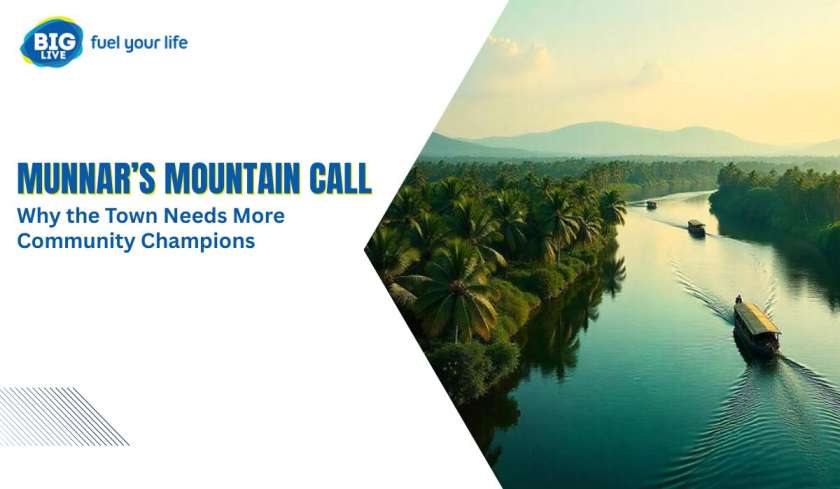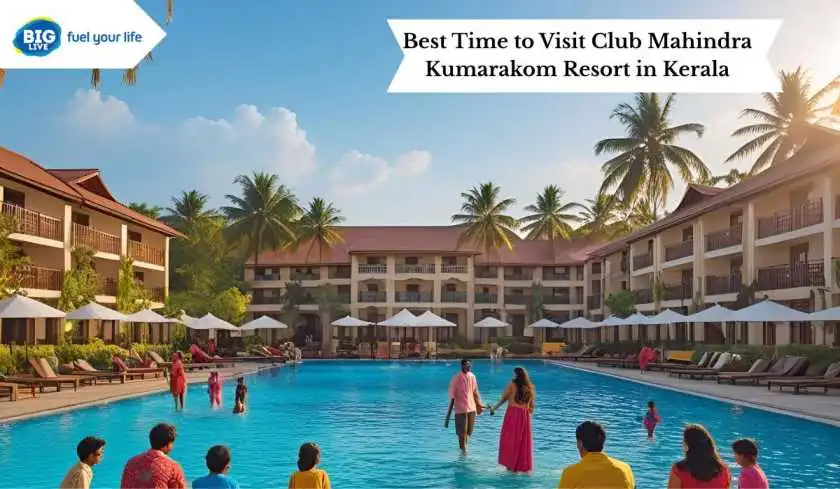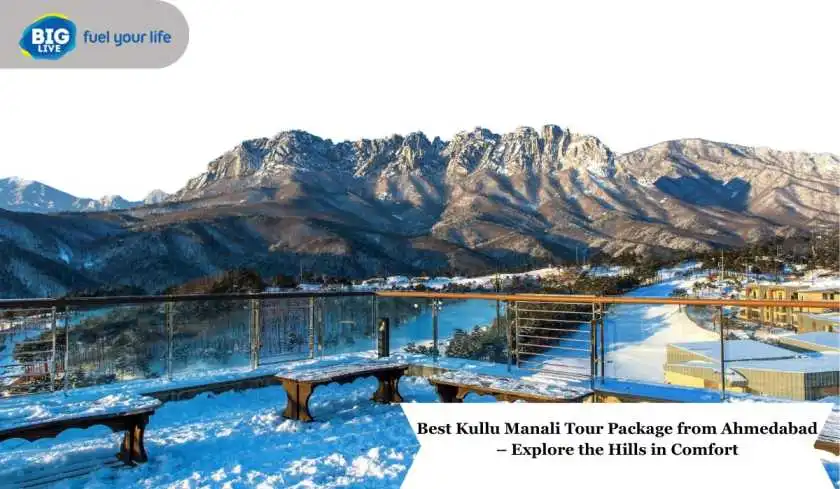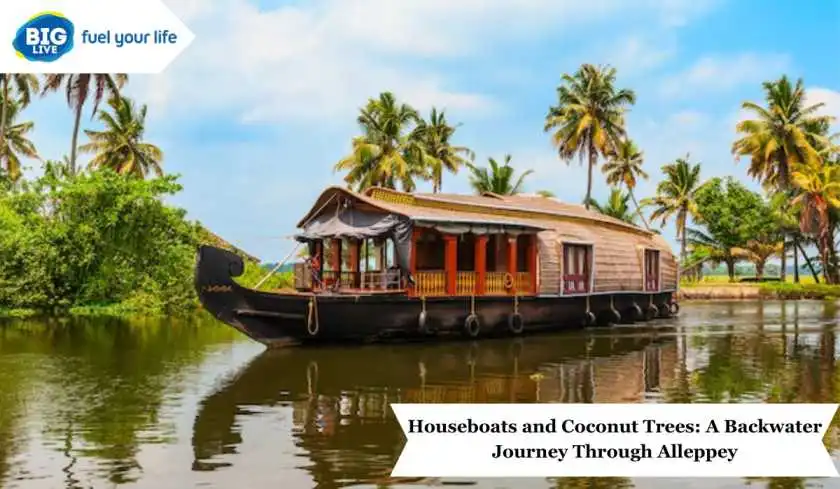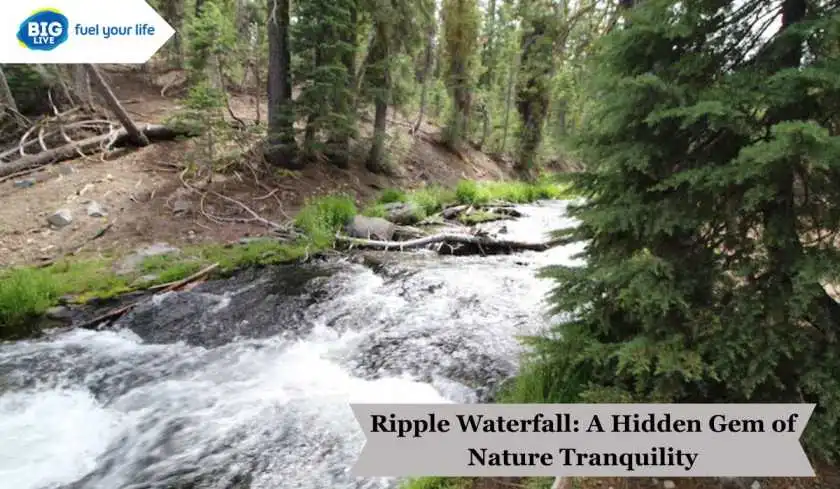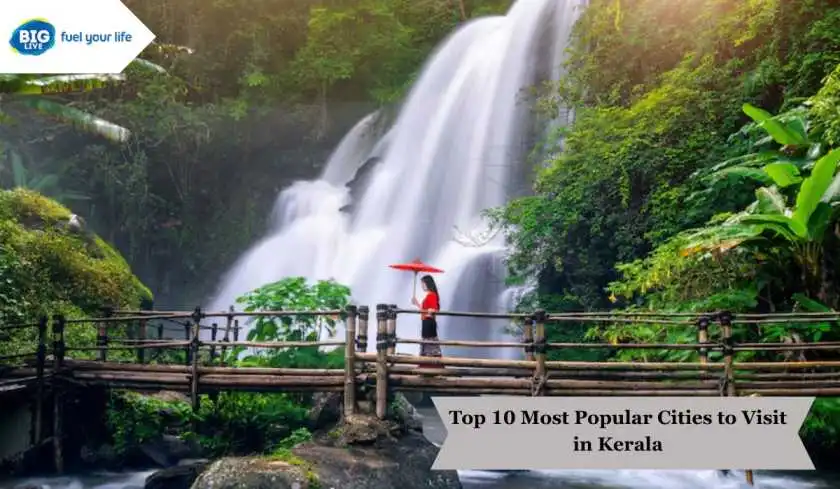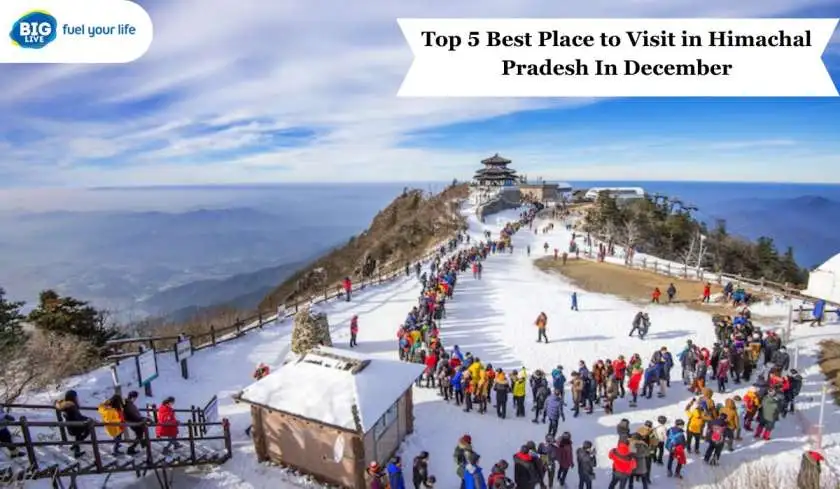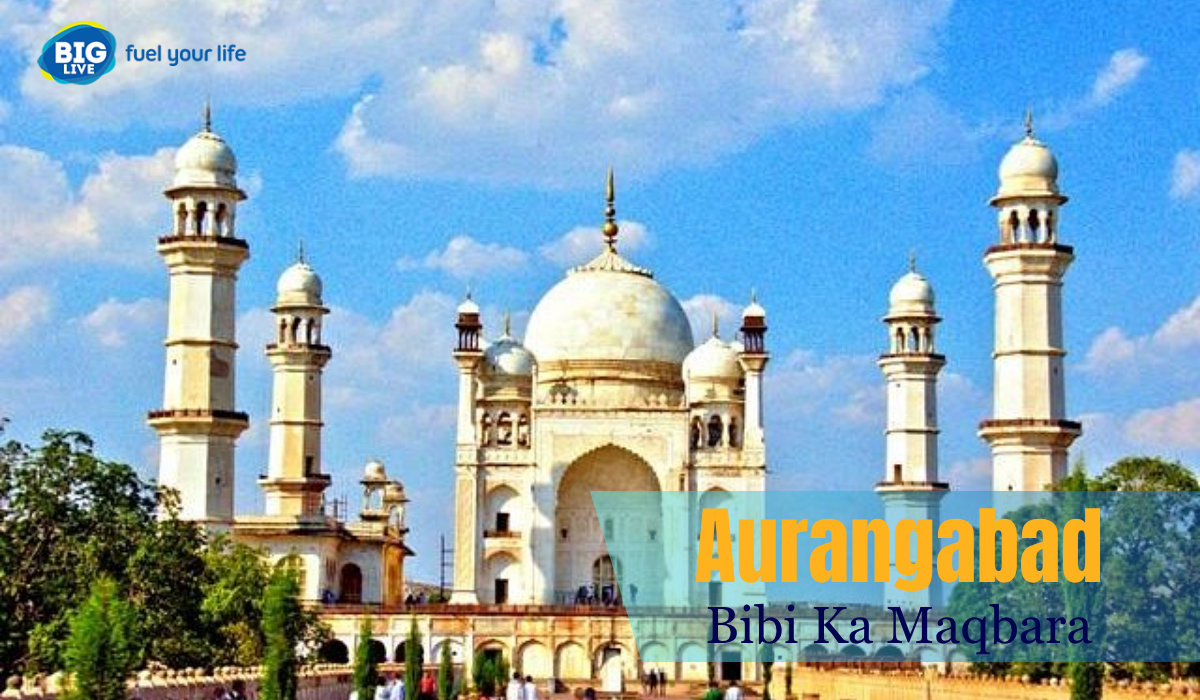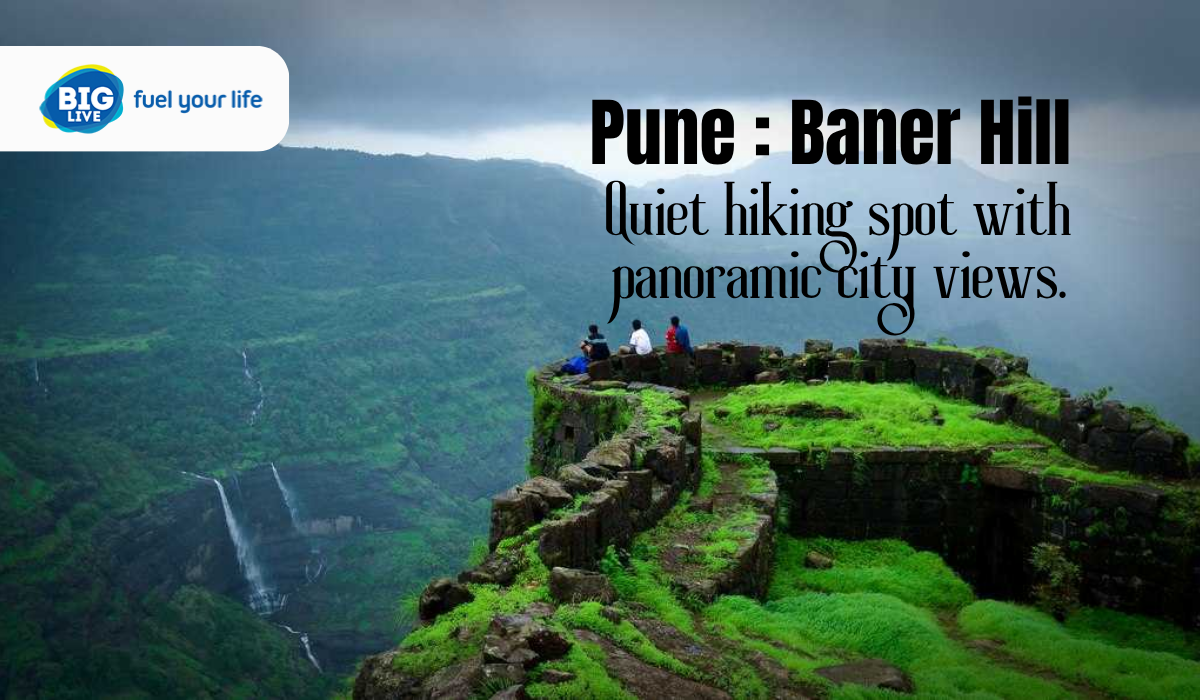Here’s this thing about Kerala. You don’t really see it—you kind of feel it crawling into your bones. Not loudly. It’s soft, like mist on your face or that smell of rain after a dry afternoon.
In 2025, the place hasn’t changed wildly. Still green. Still calm. But the kind of experiences it offers now—those have deepened. It's no longer just about scenic views or touristy checklists. The real Kerala… it's in the whispers, the pauses, the smell of fish curry drifting through open windows. You land, and the air’s thick with spice and monsoon memory. It’s hard to explain.
Kerala waits for you to stop looking and just be. So, if you’re wandering in this part of India this year, forget the brochure. Here’s what the soul of Kerala actually feels like—right now, in 2025.
1. Backwaters That Don’t Need an Instagram Filter
Yeah, sure, everyone talks about Alleppey. You’ve probably already seen it in every guidebook ever written. But you know what makes it special in 2025? The quiet parts. Not the big houseboats with three bedrooms and AC. No. Try the smaller, older ones—the kind steered by folks who grew up on these waters.
Read More: Best Time to Visit Club Mahindra Kumarakom Resort in Kerala
There’s one old man near Kuttanad who’ll row you out at dawn and tell you why the ducks here taste better than anywhere else. No joke. Instead of a selfie spree, this is about slow mornings. You’re sipping coffee while the boat slides past a temple hidden by coconut trees.
Fishermen wave like they’ve known you for years. It’s calm. Real calm. Some people just book a canoe, no engine, no noise. They pack lunch, drift around, nap in the sun. And guess what? No one’s shouting. No Wi-Fi pings. Just birds, paddles hitting water, the occasional toddy shop. Sometimes, peace is the real luxury.
2. Wayanad: Where Even Google Maps Gets Lost (And That’s Okay)
Wayanad isn’t a place, it’s a feeling. A slow one. You drive in through foggy roads, thick forests on both sides, and suddenly you realise—this isn’t somewhere you can plan. It unfolds. In 2025, the local guides (most of them from tribal communities) have started offering treks that don’t even appear on apps.
No fancy names. Just “walk this way” and off you go. Through bamboo paths, coffee farms, streams you cross barefoot. You might climb Chembra Peak, yeah, but the stuff that stays with you? It’s picking wild gooseberries, slipping in the mud, listening to old women laugh while they crush spices with their bare hands.
They might invite you in. Feed you rice wrapped in jackfruit leaves. No menus. No English. But somehow, you’ll understand everything. That’s Wayanad. Less travel, more connection.
3. Fort Kochi Isn’t Just Walls and Nets Anymore
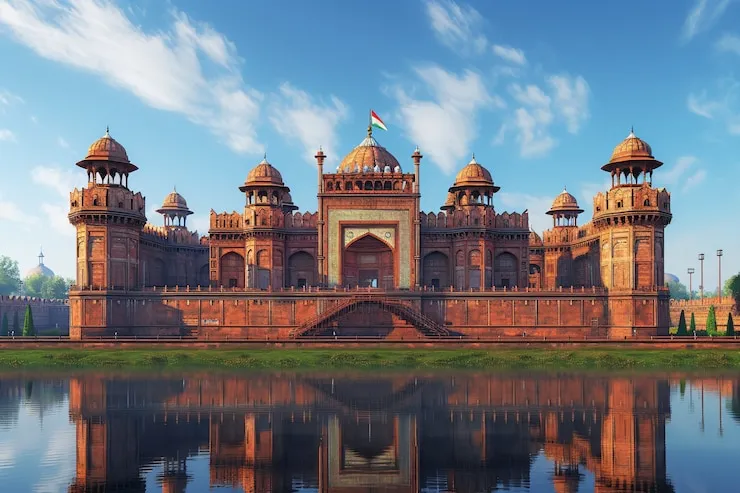
You think you know Fort Kochi, until you wander one evening without a phone, and it pulls you into corners you didn’t expect. In 2025, it’s still full of history—Dutch buildings, Portuguese churches, those iconic Chinese fishing nets—but the real vibe? It’s in the side lanes.
Murals on broken walls. A kid rapping in Malayalam outside an art cafe. The Biennale changed something here, for real. Now, even the tea stalls have a touch of rebellion. You might sit next to a tattoo artist and a retired sailor, both debating old Malayalam cinema over banana fritters.
It's strange. It’s wonderful. And at sunset, when the nets start to rise from the sea and the sky turns bruised orange, you just sit. No need for words. Fort Kochi teaches you to look—really look—at life moving in slow motion.
4. Wellness Isn’t Fancy Anymore—It’s Honest
Look, Ayurveda isn’t new here. But in 2025, something’s changed. It’s stripped down now. Fewer spa-resorts. More homes with open doors and ancient herbs.
You walk in, and someone checks your pulse like your grandma would. No screens. No machines. Just hands, warmth, and knowledge passed down like old stories. They tell you what to eat. When to sleep. What not to say after 6 PM. And weirdly enough, it works.
You breathe better. Your back stops hurting. You sleep through the night without dreams shouting in your head. Yoga here isn’t about the perfect pose—it’s a farmer’s wife teaching you how to stretch at dawn, with cows watching. You leave your phone off. Not because they ask you to. But because you want to.
Read Also: Historic Places to Look Out in Punjab
You want to hear the rain hit the leaves, the kettle whistle, your own breath slowing down. You remember things. Your own name, maybe.
5. Beaches, Biryani, and Something You Can’t Quite Name
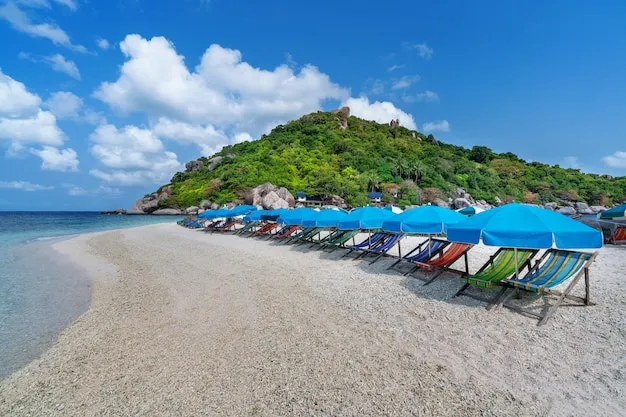
Kerala’s beaches don’t brag. They whisper. Varkala has its crowds now, sure, but there’s still space to sit on a cliff and do absolutely nothing. Not scroll. Not chat. Just sit.
Watch eagles. Smell salt and incense. People are playing hand drums nearby, and it’s not for show. They’re just doing it because the breeze feels good. Further north, at places like Kappil or Bekal, it’s even quieter. You find a stretch of sand with no signs. Just one fisherman fixing a net. And the food—man, where do you begin?
Thalassery’s biryani is a miracle. Kozhikode’s banana chips? Crispy enough to hear them across the room. But it’s more than taste—it’s sitting on the floor of someone’s house, your hands covered in curry, and a kid asking if you’ve ever eaten jackfruit ice cream.
You say no, and five minutes later, you’re holding a bowl full. Sometimes you don’t need sightseeing. You just need to feel full—in your stomach, your chest, your eyes.
This Place Stays with You
When you leave Kerala, you don’t really leave it. Bits of it cling to you like the smell of turmeric on old clothes. The rhythm of slow feet on wet ground.
The way locals say “okay” at the end of every sentence, like they’re inviting you to pause too. In 2025, you don’t travel to Kerala for photos or bragging rights. You come here to breathe differently.


